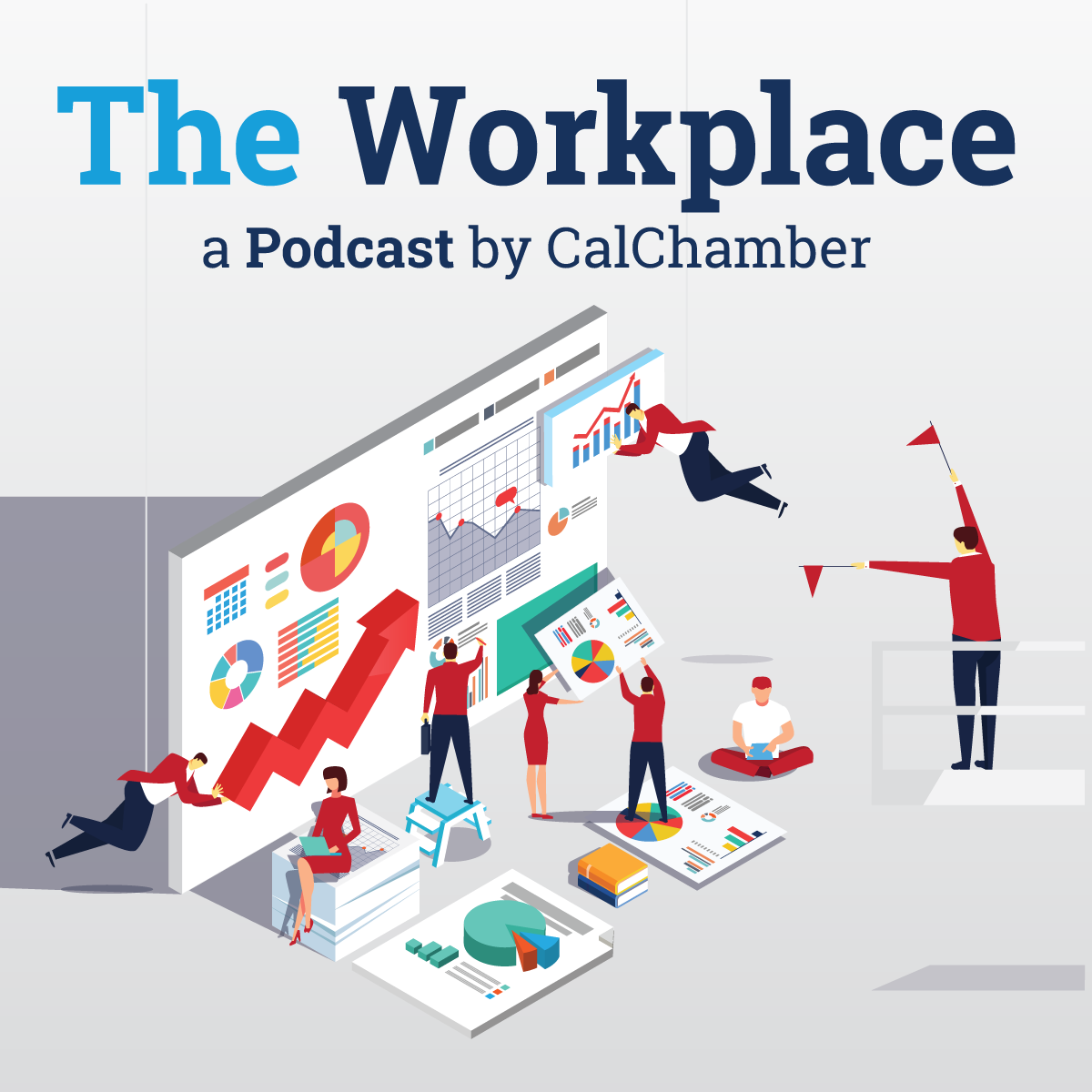
In Episode 95 of The Workplace podcast, CalChamber Executive Vice President and General Counsel Erika Frank and CalChamber policy advocate Robert Moutrie discuss the October 16 guidance issued by the California Department of Public Health (CDPH) on AB 685, California’s new COVID-19 workplace exposure reporting law.
AB 685 (Reyes; D-San Bernardino), among other requirements, mandates that employers give employees and public health agencies notice of COVID-19 exposures that happen at the workplace. Although the law goes into effect on January 1, 2021, the latest CDPH guidance states that the obligation to report exposures is already in effect.
The new law was explained in a previous Workplace podcast, “COVID-19: New Exposure Notice Requirements Coming,” which appeared in the October 16 Alert. To listen to that podcast, visit: advocacy.calchamber.com.
Guidance Documents
The CDPH issued two new guidance documents on AB 685 on October 16:
• Employer Guidance on AB 685: Definitions; and
• Employer Questions about AB 685, California’s New COVID-19 Law.
The first document above clarifies the definition of key terms in AB 685, some of which were vague and problematic for employers, Moutrie tells Frank.
For example, what constitutes an “outbreak” is not clearly defined within the text of AB 685.
Employers who deal directly with the public were left wondering whether COVID-19-positive customers who visit their business would trigger AB 685’s “outbreak” threshold of three or more positive cases within a 14-day period.
CDPH’s “Employer Guidance on AB 685: Definitions” clarifies that an “outbreak” under AB 685 is when there have been at least three COVID-19-positive cases among workers at the same non-health care worksite within a 14-day period. The document also clarifies that a “lab-confirmed test” must be a “live virus test” and not an antibody test.
The Definitions guidance document does not address all the CalChamber concerns with AB 685. Most notably, it does not clarify what three groups of employees must receive notice of COVID-19 exposure, Moutrie points out.
The second guidance document, “Employer Questions about AB 685,” gives broad background information on AB 685, he says, and answers questions such as “What is AB 685?” and “What information am I required to give workers?”
One important piece of information given by this second document is that although AB 685 takes effect on January 1, 2021, the requirement that employers notify local health departments if there are three or more cases of COVID-19 in their workplace within a two-week period is already in effect, so employers must follow it now, Moutrie stresses.
Frank points out that some employers have remarked that they have not been able to get a hold of their local health department. In the event that an employer has to report an outbreak to their local health agency (which is required under AB 685) and is unable to reach the agency, the employer should at the very least document the attempt they made to contact the agency, she says.
A common question employers ask is whether these guidance documents are enforceable. Moutrie confirms that the guidance documents are enforceable and so employers need to move toward setting up their reporting process as quickly as they can.
Frank agrees.
“[AB 685] does not take effect until January 1; however, that will be here very quickly,” so it’s important that employers, especially employers with a larger workforce, plan ahead by putting someone or a department in charge of following all these compliance mandates, she says.
Online Resources
Frank recommends that employers visit the CDPH website, www.cdph.ca.gov for more information on AB 685 as the agency has a variety of helpful documents that are easy to understand.
The website also has a page that specifically deals with guidance documents and is organized by industry, Moutrie adds.
Another helpful resource, he says, is the “COVID-19 Employer Playbook.” The playbook includes case studies, tips, and breaks down the requirements of AB 685.
A resource page with a list of relevant articles and links to government resources is available on the CalChamber website at www.calchamber.com/coronavirus.

